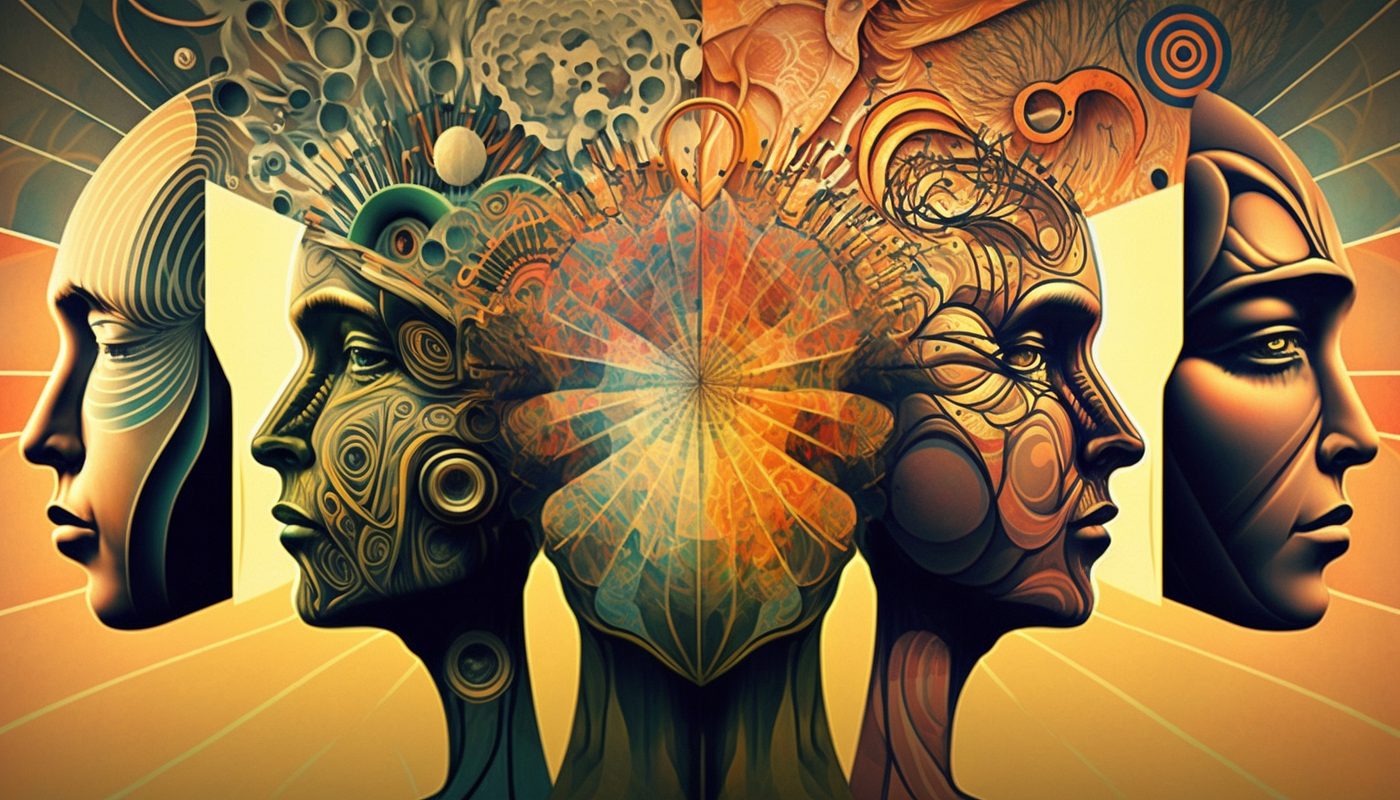
The Intersection of Art and Technology: DALL-E and MidJourney
By Adedayo Oyetoke, Published on: June 1st 2023 4 min, 651 word Views: 1215
Art and technology have long been intertwined, with each influencing and inspiring the other. In recent years, AI-driven tools like DALL-E and MidJourney have emerged, offering a new approach to art and technology that is transforming the creative industries. In this blog post, we will explore the intersection of art and technology and how DALL-E and MidJourney are pushing the boundaries of creativity.
The Power of AI in Art and Technology
AI algorithms offer several benefits over traditional approaches to art and technology, including:
1. Efficiency: AI algorithms can generate art and technology content quickly and efficiently, reducing the time and resources required for traditional approaches.
2. Cost-effectiveness: AI-driven art and technology can be more cost-effective than traditional approaches, as they require less human labor and expertise.
3. Personalization: AI algorithms can be trained to generate personalized art and technology content that is tailored to individual customers, allowing businesses to provide a more personalized and engaging experience.
4. Creativity: AI algorithms can be programmed to generate art and technology content that is innovative and original, pushing the boundaries of creativity and inspiring new ideas and approaches.
The Innovative Approach of DALL-E and MidJourney
DALL-E and MidJourney are at the forefront of AI-driven art and technology, offering innovative tools and approaches that are transforming the creative industries. DALL-E, developed by OpenAI, is an AI algorithm that can generate images from textual descriptions, allowing artists and designers to create custom visual content for their projects. MidJourney, a creative agency that specializes in AI-driven marketing, uses AI algorithms to create personalized visual content that is tailored to individual customers, helping businesses provide a more engaging and personalized experience.
Challenges and Future Directions
While AI-driven art and technology present exciting opportunities for artists, designers, and businesses, there are also challenges and opportunities for improvement. For example, the use of AI algorithms in art and technology raises important ethical questions about the role of human creativity and the potential for AI to perpetuate biases and stereotypes. Additionally, the use of AI-driven art and technology may not be suitable for all artists and designers, as some may require a more human touch or a more customized approach.
To address these challenges, it is essential to continue to develop and refine AI algorithms that are optimized for art and technology. Additionally, stakeholders in the creative industries, including artists, designers, and AI developers, should be encouraged to adopt ethical and responsible practices when using AI-driven art and technology.
To further promote the intersection of art and technology, here are some additional steps that can be taken:
1. Foster collaboration: Collaboration between stakeholders in the creative industries, including artists, designers, and AI developers, can help promote the use of AI-driven art and technology and encourage the development of new approaches and tools.
2. Encourage ethical and responsible practices: The use of AI algorithms in art and technology raises important ethical questions about the role of human creativity and the potential for AI to perpetuate biases and stereotypes. Encouraging ethical and responsible practices can help ensure that AI-driven art and technology is used in a way that is fair, inclusive, and respectful.
3. Develop new AI algorithms: AI algorithms can be developed and refined to optimize them for art and technology, allowing for greater personalization, efficiency, and creativity.
4. Monitor and assess impact: Regular monitoring and assessment of the impact of AI-driven art and technology on the creative industries can help ensure that it is being used in a way that is sustainable, ethical, and effective.
In conclusion, the intersection of art and technology is being transformed by AI-driven tools like DALL-E and MidJourney. By prioritizing efficiency, cost-effectiveness, personalization, and creativity, AI algorithms are helping artists, designers, and businesses push the boundaries of creativity and inspire new ideas and approaches. By fostering collaboration, encouraging ethical and responsible practices, developing new AI algorithms, and monitoring impact, we can work towards a more innovative and sustainable future for the intersection of art and technology.
